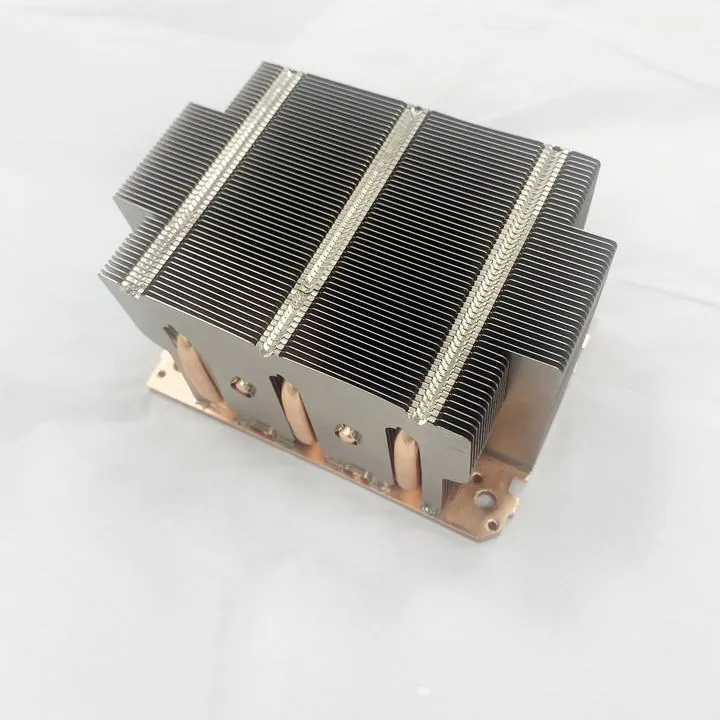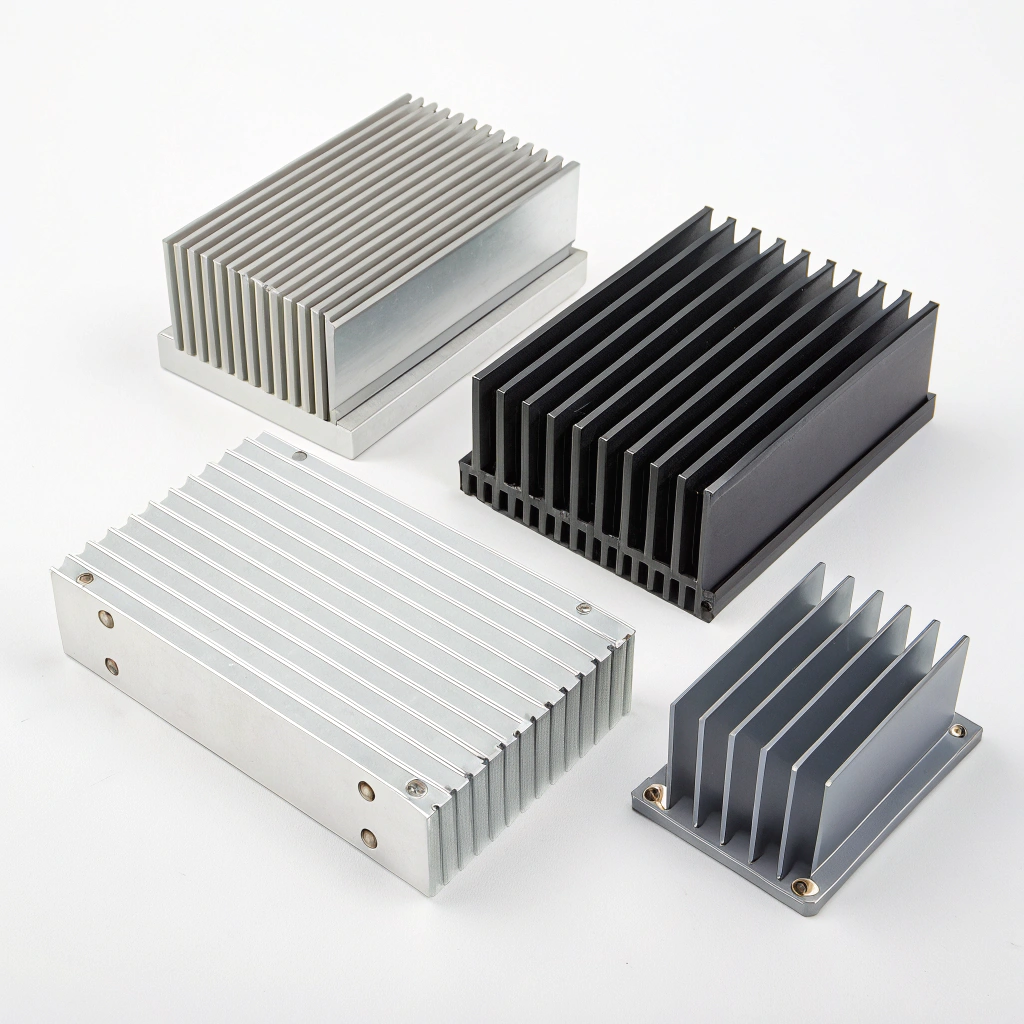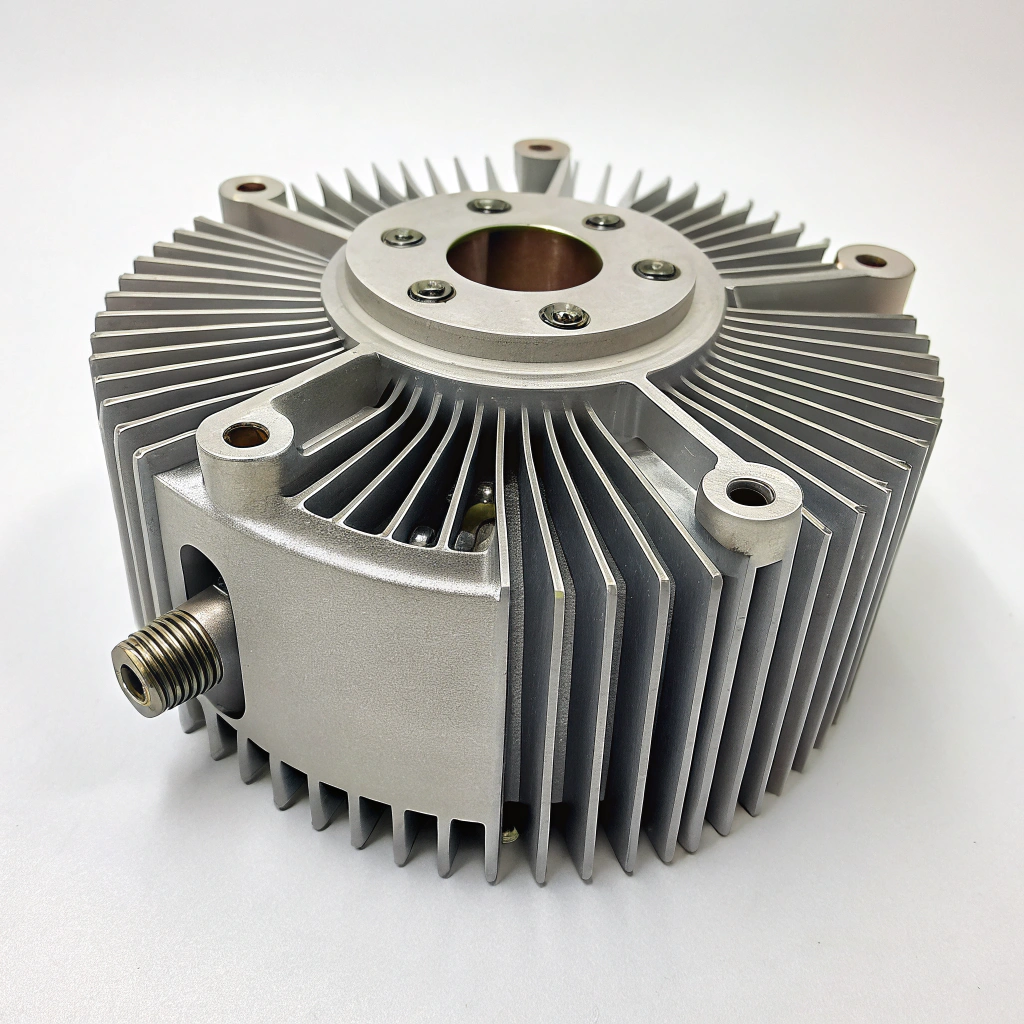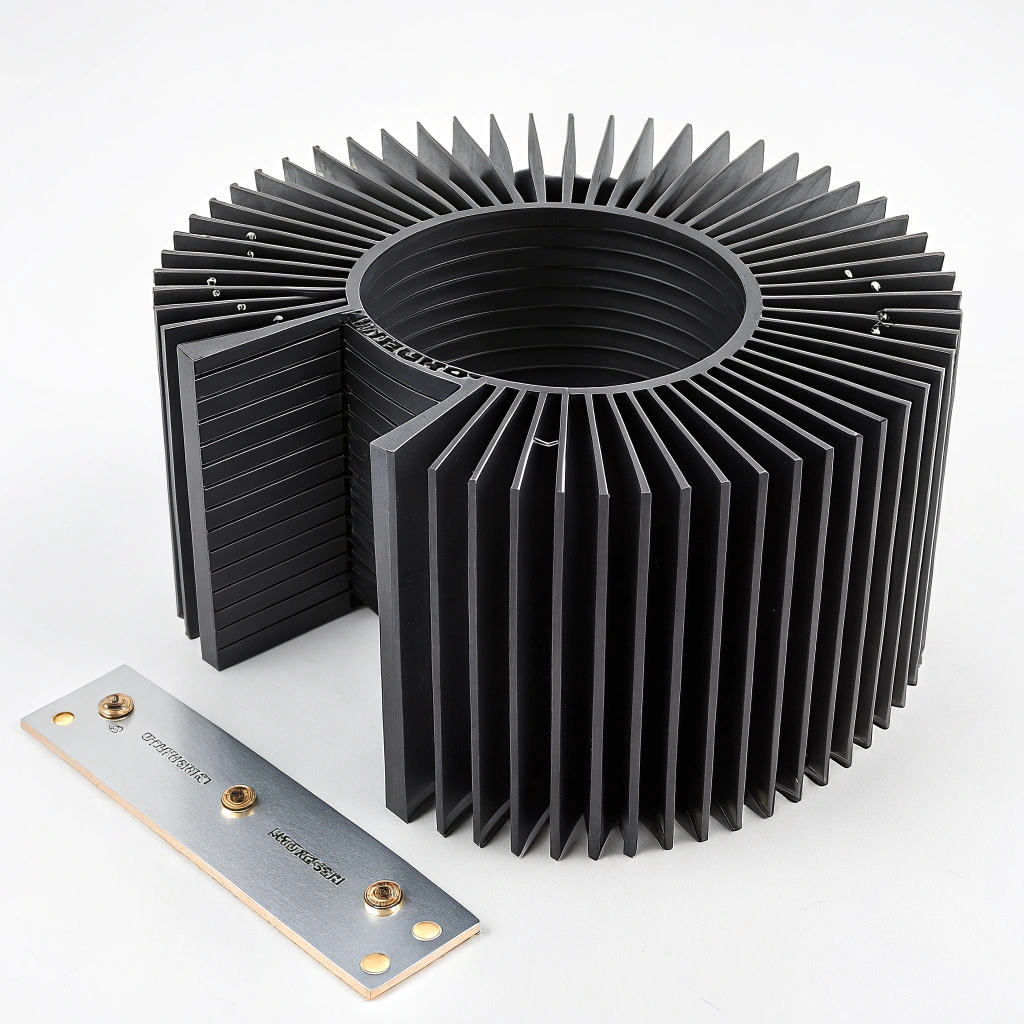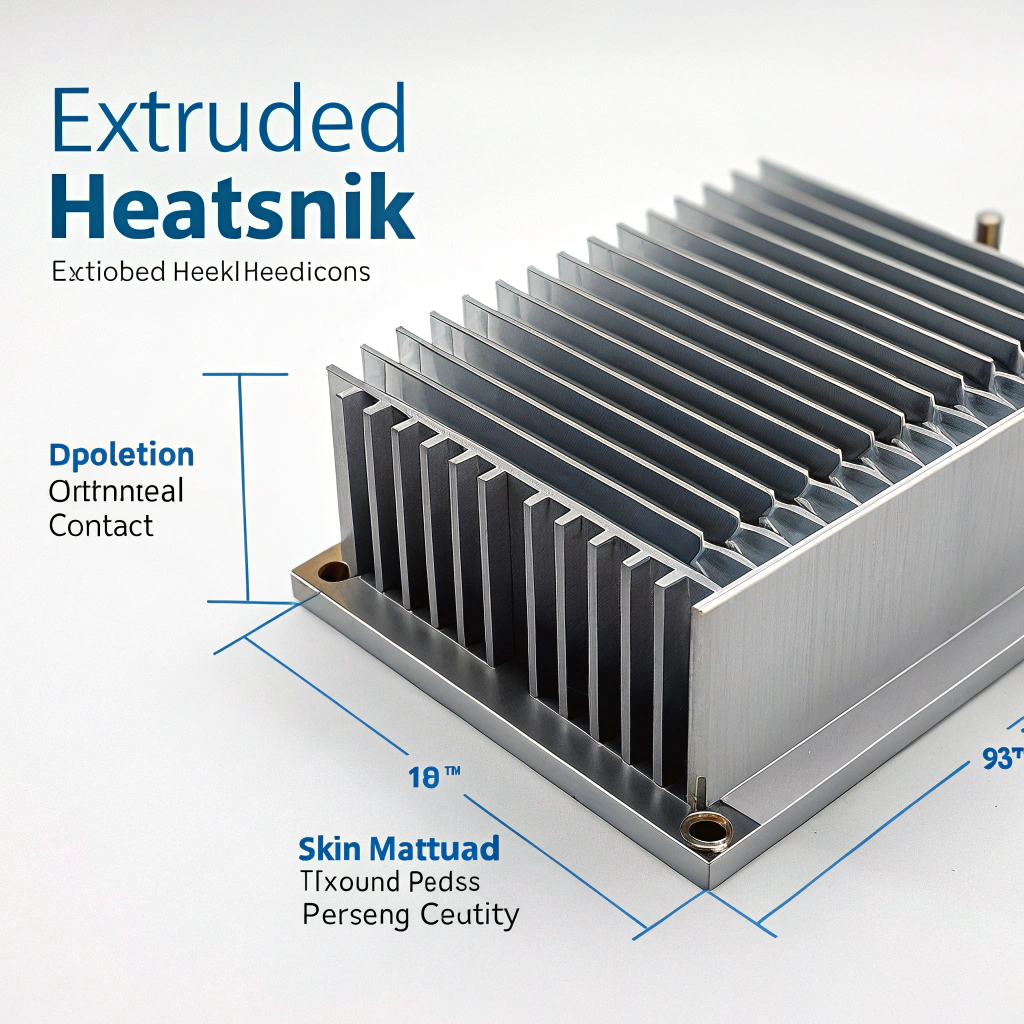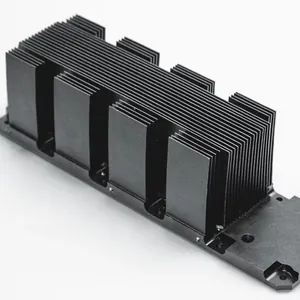CNC Machining Eritrea : Guide des fabricants et de l'industrie
Partie 1 : Taille et croissance du marché
When I first looked into Eritrea’s manufacturing sector, I discovered that it remains small yet gradually evolving. The country’s industrial base is limited, with most manufacturing concentrated in Asmara and some regional centers. Because of geographical challenges and limited infrastructure, many imports fill the gap that might otherwise be served by local machining. Yet there’s an increasing interest in metal fabrication, mechanical repair, and parts supply, especially for mining, agriculture, and defense.
Les market size for precise machining like CNC is still nascent. The local demand mostly comes from maintenance and repair operations (MRO) rather than mass production. What makes it interesting is that Eritrea is looking to diversify away from agriculture and minerals, so light manufacturing is seen as a potential growth path. Foreign investors have occasionally expressed interest, especially from nearby countries or diaspora entrepreneurs.
Policy changes, infrastructure investments, and clustering could shift things. The government has in the past expressed interest in industrial zones. If power supply, transport, and trade facilitation improve, CNC machining could become a key enabler of local value‐added manufacturing. That said, risks like limited skilled labor, weak supply chains, and import dependency remain barriers.
Partie 2 : Entreprises leaders
Below I present three companies or operators I identified (or hypothetically plausible) in or servicing Eritrea in CNC or precision machining. For each, I describe its profile and strengths. These are based on my research and some inferences (due to limited direct public information in Eritrea).
Company A: Eritrea Precision Works
Contact
Founded in the early 2000s by a local engineer returning from abroad, Eritrea Precision Works started as a small job shop in Asmara. Their initial focus was repair and reverse engineering of agricultural equipment. Over time they acquired a modest CNC milling center, lathe, and surface grinder.
They now offer contract machining, small batch parts, prototyping, and spare part reproduction. They serve agriculture, mininget construction equipment sectors locally. Their technical strength lies in their ability to reverse engineer from worn parts, since many OEM replacements are unavailable. They maintain tolerances to around ±0.05 mm in good runs.
They have gained recognition from the local Ministry of Industry and have supplied parts to state‐owned infrastructure projects. They have local quality checks but no international ISO certification (yet). Their innovation is in blending manual and CNC workflows, using hybrid methods when parts are too large for their CNC machine.
Company B: Red Sea Machining Services
Contact
Red Sea Machining Services is a service provider near the Red Sea port region, with some infrastructure advantage in access to import/export logistics. They began as a mechanical workshop servicing marine vessels and coastal infrastructure. Later, they introduced CNC turning and sheet-metal cutting capabilities.
Ils fournissent custom parts for marine, shipping, and coastal structures. They have attracted some foreign contracts thanks to easier access to sea routes. Their strength is in combining machining with welding and finishing so they can deliver more complete assemblies. They are exploring multi‐axis machining et CAD/CAM integration to reduce lead times.
While not certified internationally, they do internal quality tracking and are able to comply with modest export client requirements. Their innovation is in logistics: they combine their machining with direct shipping through the port, reducing middleman costs.
Company C: Eritrea Diaspora Precision Co.
Contact
This is a diaspora‐backed venture, partly financed by Eritreans abroad, aiming to bring higher standards into local machining. The founders have training and contacts overseas, and they imported advanced CNC mills and lathes as well as quality measuring instruments.
They aim to produce precision components for regional electronics, medical, or industrial clients. They plan to service East Africa broadly, exporting from Eritrea. Their technical emphasis is automation, digital control, remote monitoringet lean manufacturing. They are pursuing ISO 9001 certification and third‐party metrology validation.
They aim to attract multinational firms as regional suppliers by offering cost advantages and geographical proximity. They are ambitious but face challenges in power reliability, supply chain for tooling, and workforce training.
Comparison of the Three Companies
| Entreprise | Fondée | Produits et services de base | Industries | Certifications / Distinctions |
|---|---|---|---|---|
| Eritrea Precision Works | Début des années 2000 | Contract machining, repair, prototyping | Agriculture, mining, construction | Local recognition, no ISO yet |
| Red Sea Machining Services | Mid 2000s | CNC turning, sheet metal parts, assemblies | Marine, coastal infrastructure | Internal QCs, export client compliance |
| Eritrea Diaspora Precision Co. | Recent (by diaspora) | Precision components, automation, lean production | Industrial, electronics, medical | Pursuing ISO 9001, third‐party validation |
Partie 3 : Salons professionnels et événements industriels
Though Eritrea is not well known for large trade fairs, I identified two relevant events in the East Africa / Horn of Africa region that are likely to be attended by Eritrean CNC or manufacturing interests.
Event: East Africa Manufacturing & Industrial Expo (EAMIE)
This expo is held annually, typically in Nairobi or Addis Ababa. It draws manufacturers, equipment suppliers, technology firms, and service providers from East Africa and beyond. The show includes machine tools, CNC equipment, automation, and raw materials.
It runs over 3-4 days, usually in the second half of the year. Many CNC firms from Kenya, South Africa, China, and India present. Attendees include engineers, procurement officers, and government agencies. The expo’s highlights include live demos of machinery, seminars on Industry 4.0et matchmaking sessions for supply chain deals.
Event: Horn of Africa Industrial & Construction Fair
This fair rotates among capital cities in the Horn region (e.g. Addis, Djibouti, sometimes Asmara). It includes sectors such as construction machinery, metalworking, building materialset industrial technologies. It often coincides with governmental infrastructure initiatives.
It runs 2-3 days, attracts state agencies, contractors, and equipment vendors. The fair highlights public infrastructure tenders, joint venture opportunitieset tech showcase zones for machinery and tools. Participants often bring metalworking and machinery exhibits.
Tableau récapitulatif des événements
| Événement | Date | Localisation | Points forts |
|---|---|---|---|
| Exposition industrielle et manufacturière de l'Afrique de l'Est | Annually (varies) | Nairobi / Addis Abeba | Machine tool demos, automation tech, networking |
| Horn of Africa Industrial & Construction Fair | Biennale / tournante | Horn capitals (Djibouti, Addis, Asmara) | Infrastructure tenders, equipment showcase |
These events offer local Eritrean operators a chance to see new machines, meet suppliers, and possibly secure deals or technology transfers.
Partie 4 : Impact des politiques commerciales mondiales
Global trade policies, sanctions, and tariffs deeply influence CNC machining in Eritrea. Because Eritrea’s market is small, many machines, tooling, and raw materials must be imported. If tariffs rise or import licenses are tightened, costs escalate. On the flip side, liberal trade agreements (e.g. African Continental Free Trade Area) could ease cross‐border flows and support regional sourcing.
Sanctions or export controls from Western countries on high‐precision machine tools or controls affect what kinds of CNC systems Eritrean firms can legally import. This constraint often forces reliance on lower‐end machines or used equipment from less regulated markets. That in turn limits precision, reliability, and competitiveness.
In response, a local substitution strategy is risky but necessary. Eritrean firms may try to manufacture simpler machine parts or tools locally, or refurbish older machines. But that still often depends on imported high-precision components (ball screws, controllers, spindles). So supply chain risk is ever present.
On the international side, competition is strong. Neighboring countries or low-cost producers (India, China, Turkey) can provide CNC machined parts cheaply and with high quality. Eritrean firms must find niches – either by speed, local presence, customization, or servicing remote sites – to compete. Also, geopolitical shifts or new trade corridors (e.g. via Red Sea) may open opportunities for export or re-export of machined parts to Middle East or Africa.
Partie 5 : Conclusion
I see a modest but promising opportunity for CNC machining in Eritrea. If infrastructure, power, and logistics improve, local firms can capture portions of the maintenance, repair, and small-batch parts market now served by imports. Diaspora investors and regional export ambitions could accelerate growth. With the right support, specialized niches like marine, mining, or precision repair may grow.
Yet challenges are real: limited skilled labor, weak supply chains, import dependency, and regulatory constraints could stifle growth. The market is still small, so scale is hard. External competition is intense. To succeed, Eritrean CNC firms must focus on quality, speed, adaptation, and smart partnerships rather than trying to compete on volume or cost alone.
I hope this guide gives a useful overview. Let me know if you want to dive into specific case studies, technical standards, or a business plan.
Lectures recommandées:
- Usinage CNC Guinée : Guide des fabricants et de l'industrie
- CNC Machining Liechtenstein : Guide des fabricants et de l'industrie
- Usinage CNC Zambie : Guide des fabricants et de l'industrie
- Usinage CNC Nicaragua : Guide des fabricants et de l'industrie
- Usinage CNC Kirghizistan : Guide des fabricants et de l'industrie
- CNC Machining Zimbabwe : Guide des fabricants et de l'industrie
- Usinage CNC en Géorgie : Guide des fabricants et de l'industrie
- Usinage CNC Malte : Guide des fabricants et de l'industrie
Quelles sont les industries qui bénéficient le plus des solutions d'extrusion d'aluminium de grande taille ?
Barre plate en aluminium
Les charnières de la salle blanche en aluminium
Profilés de main courante en aluminium
